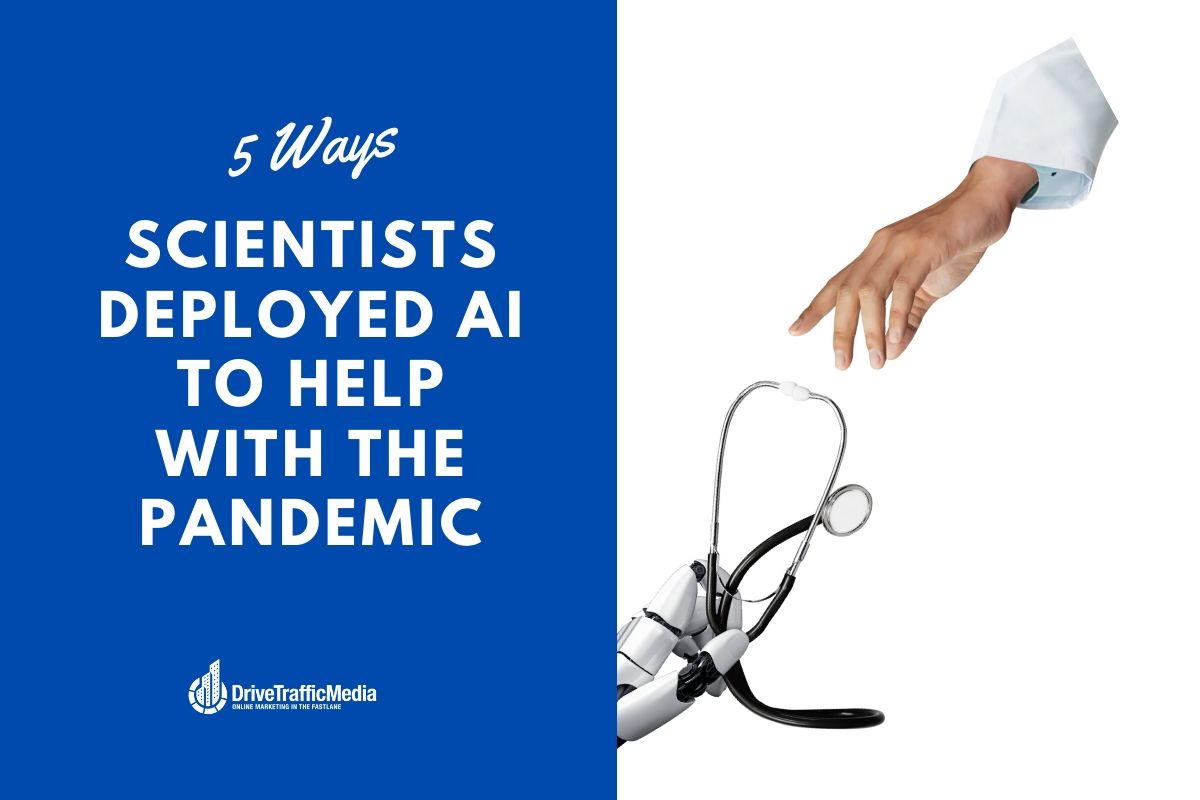AI and Data Science have been playing critical roles with the current pandemic. In terms of economic loss and the number of deaths, the cost of this pandemic is appalling. As I write, the number of COVID-19 patients is still rising. The world is engulfed by great uncertainty and estimates show that this effect can be terrible.
Without further ado, let’s explain how AI and Data Science helps for us to cope up with this situation.
Identify, track, and forecast
AI helps scientists identify, track, and forecast pandemic by analyzing the data collected from government resources, social media platforms, and news reports. Although data plays a critical role, AI has not been impactful because of the outlier data collected through social media platforms in Orange County and elsewhere. Scientists will be able to draw some great results if they can gather data through more rigorous human-AI interaction. They need a careful balance between public health concerns and privacy of data collected through social media platforms in Orange County and elsewhere. Since it is not possible to gather such thorough and first-hand data in the current pandemic, this approach will be helpful in the next approach. In the context of infectious diseases, there are certain pitfalls of big data and AI. One such pitfall is the huge amount of noise on media that has to be filtered.
It helps diagnose COVID-19
The AI-based coronavirus solution helps health professionals to diagnose and monitor it efficiently. The virus is diagnosed in no time, and Al has improved CT diagnosis speed. The Al-powered diagnosis system designed by Alibaba claims to perform 96% accurate diagnosis in seconds. It distinguishes the COVID-19 from ordinary viral pneumonia through the CT scans up to 96% percent. Typically it takes 15 minutes for a physician to access it and make a diagnosis. But this tool takes just 15 seconds to analyze a CT scan. It saves time and provides results that are almost accurate.
Al-powered drones deliver medical supplies
Now, this is the fastest and safest way to get urgent medical supplies delivered to the areas during the COVID-19 outbreak. One such example is an unmanned aerial vehicle used by Terra Drone that transports quarantine material and the medical samples in China. Al-powered drones are also used for thermal imaging, track the non-compliance to quarantine mandates, and patrol public spaces.
Performs various tasks including sterilizing and delivering food and supplies
Unlike humans, robots are not susceptible to COVID-19 or any other virus. They can be easily deployed to perform various tasks including sterilizing and cleaning and delivering medicines and food. It plays a critical role in avoiding human-human contact. The UVD robots help kill viruses and bacteria using ultraviolet light.
It helps develop drugs
Google is always inspired by intelligence. Scientists at DeepMind use its sophisticated computing power to understand the structure of proteins that compose the virus. The results help health professionals to develop treatments. BenevolentAl focuses on the development of products for infectious diseases. During the early days of the outbreak, it has suggested certain drugs to cope up with COVID-19.
Admittedly, however, the data gathered through social media trends isn’t helpful for Orange County scientists to conclude the results. They need more reliable data sets through human interaction which will help them to propose better solutions.
